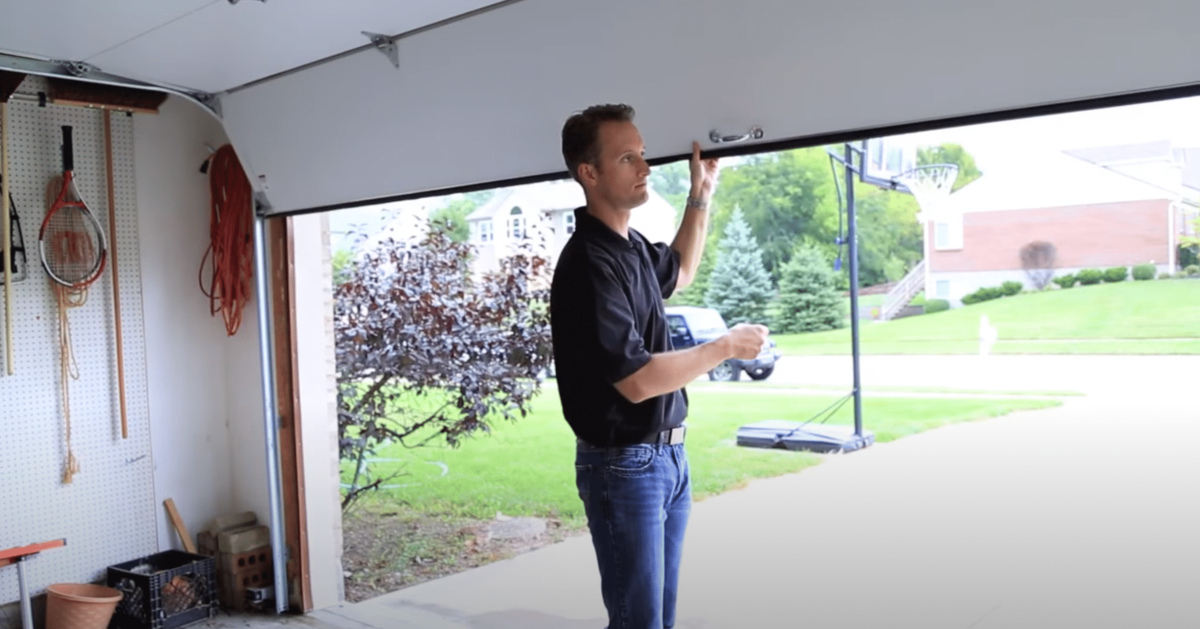

Articles
How To Manually Close A Garage Door
Modified: February 23, 2024
Learn how to manually close a garage door in this informative article. Find step-by-step instructions and tips to ensure a smooth process.
(Many of the links in this article redirect to a specific reviewed product. Your purchase of these products through affiliate links helps to generate commission for Storables.com, at no extra cost. Learn more)
Introduction
Welcome to our guide on how to manually close a garage door. While an automatic garage door opener can make life more convenient, there may be times when you need to close your garage door manually. Whether there is a power outage, an issue with your garage door opener, or you simply prefer a manual approach, knowing how to manually close your garage door is an essential skill for any homeowner.
Before we dive into the steps, it’s important to note that garage doors can be heavy and potentially dangerous. Always prioritize safety when working with your garage door to avoid any accidents or injuries. Follow these steps carefully and consult your garage door manufacturer’s instructions for specific guidance.
Now, let’s get started with the step-by-step process of manually closing a garage door.
Key Takeaways:
- Master the art of manually closing your garage door to navigate unexpected situations with ease and maintain the security and accessibility of your home.
- Prioritize safety by following essential precautions and consulting a professional if needed when manually closing your garage door.
Read more: How To Lock A Garage Door Manually
Step 1: Ensure Safety
Prior to manually closing your garage door, it’s crucial to prioritize safety. Here are a few safety precautions to keep in mind:
- Clear the area: Make sure that there are no obstacles or objects in the path of the garage door. Remove any tools, bicycles, or other items that may impede the closing process.
- Protect your hands: Wear a sturdy pair of work gloves to protect your hands from any pinches or potential injuries.
- Keep children and pets away: Ensure that children and pets are a safe distance away from the garage door while you’re working with it.
By taking these safety precautions, you can minimize the risk of accidents or injuries while closing your garage door manually.
Step 2: Disconnect the Garage Door Opener
To manually close your garage door, you’ll first need to disconnect the garage door opener. This step ensures that the door can be operated independently. Follow these steps to disconnect the opener:
- Locate the emergency release cord or lever: Look for a red cord or a lever hanging from the garage door opener motor or the track. This cord is typically located near the top of the garage door.
- Pull down on the emergency release cord: Slowly and firmly pull down on the release cord to disengage the garage door opener. You may need to use a bit of force, but be careful not to yank it too forcefully.
- Manually lift the garage door: With the garage door opener disconnected, you should be able to manually lift the door. Grab the handle or the bottom panel of the door and lift it slowly and steadily until it reaches the fully open position.
Once the garage door opener is disconnected, you can move on to the next step of manually closing the garage door. Remember to handle the door with caution, as it can be heavy and may require some physical effort to lift.
Step 3: Locate the Emergency Release Handle
After disconnecting the garage door opener, the next step is to locate the emergency release handle. This handle is usually a red cord or a knob that allows you to manually control the movement of the garage door. Here’s how to find the emergency release handle:
- Look for the emergency release handle: The emergency release handle is typically located near the top of the garage door, close to the motor or the track. It may be hanging down from a bracket or attached to the garage door opener itself.
- Identify the emergency release handle: The handle is usually marked with a red color or labeled as the “Emergency Release” or “Emergency Disconnect.”
Take a moment to locate the emergency release handle before proceeding to the next step. If you’re having trouble finding it, consult your garage door opener’s manual or contact the manufacturer for assistance. Once you’ve found the emergency release handle, you’re ready to move on to the next step of manually closing the garage door.
Make sure to disconnect the garage door opener from the power source before attempting to manually close the door. Then, locate the emergency release cord and carefully pull it to disengage the opener and allow you to manually close the door.
Step 4: Pull the Emergency Release Handle
With the emergency release handle located, it’s time to pull it to disengage the garage door from the opener mechanism. Here’s how to do it:
- Position yourself near the emergency release handle: Stand facing the garage door, ensuring that you have a clear path to access the handle.
- Grip the emergency release handle firmly: Reach up and grab the handle with a firm grip, ensuring that your hand is securely wrapped around it.
- Pull downwards or towards you: Depending on the design of your emergency release handle, pull it downwards or towards you. Apply steady and even pressure to disengage the mechanism.
As you pull the emergency release handle, you should hear or feel a click, indicating that the garage door is now disconnected from the opener. This step enables you to manually control the movement of the door.
It’s worth noting that some emergency release handles may require a key or a specific tool to pull. Be sure to have the necessary equipment on hand and follow the manufacturer’s instructions if this applies to your garage door opener.
Once the emergency release handle is pulled, you can proceed to the next step of manually closing the garage door.
Read more: Garage Door Binding When Closing
Step 5: Manually Close the Garage Door
Now that the garage door is disconnected from the opener, you can manually close it. Follow these steps to safely and effectively close the garage door:
- Position yourself at the bottom of the garage door: Stand at the bottom of the door, facing it directly.
- Grip the door firmly: Place your hands on the bottom panel or handle of the garage door, ensuring a secure grip.
- Lift the door: Slowly and steadily, lift the garage door upward. Use your legs and lower body strength to support the weight of the door.
- Continue lifting until the door is fully closed: Keep lifting until the door is completely closed and latched in place.
- Secure the door: Once the door is closed, ensure that it is securely in place. Check that it is fully engaged with the locking mechanism or securely locked in the closed position.
Take your time while manually closing the garage door and avoid any sudden, jerky movements. Be aware of your surroundings and ensure that there are no obstructions or hazards as you lower the door.
Remember, garage doors can be heavy and may require some physical effort to close. If you encounter any difficulties or if the door doesn’t close smoothly, stop and assess the situation. It’s important not to force the door or put yourself in a dangerous position. Consult a professional if needed.
With the garage door manually closed, you’re ready to move on to the final step of reconnecting the garage door opener.
Step 6: Reconnect the Garage Door Opener
After manually closing the garage door, it’s time to reestablish the connection with the garage door opener. Follow these steps to reconnect the opener:
- Locate the emergency release handle: Identify the emergency release handle that you pulled earlier to disconnect the garage door opener.
- Guide the release handle back into position: Slowly and carefully guide the release handle back into its original position. Make sure it aligns properly with the slot or bracket.
- Push up on the handle: Using gentle pressure, push the handle up towards the opener until it fully engages. You should hear or feel a click, indicating that the handle is secured in place.
- Test the garage door: Press the wall button or the remote to test if the garage door operates correctly. It should open and close smoothly using the automatic opener.
Once you have reconnected the garage door opener successfully, you have restored the automatic functionality of your garage door.
It’s important to periodically test the functionality of your garage door opener and ensure that it is operating smoothly. If you notice any issues or if the door doesn’t function correctly, consider contacting a professional garage door technician for further inspection and assistance.
With the garage door opener reconnected, you have successfully completed the process of manually closing and reopening your garage door.
Conclusion
Knowing how to manually close a garage door is an essential skill for homeowners. Whether due to a power outage, a malfunctioning garage door opener, or a personal preference for manual control, being able to manually close and open your garage door provides convenience and peace of mind. By following the step-by-step process outlined in this guide, you can safely and effectively close your garage door when needed.
Remember, safety should always be the top priority when manually operating your garage door. Take the necessary precautions, such as clearing the area, wearing work gloves, and keeping children and pets away. Be aware of the weight and potential hazards associated with garage doors and handle them with caution.
If you encounter any difficulties, or if your garage door doesn’t operate smoothly, it’s advisable to consult a professional garage door technician. They can assess any underlying issues and provide the necessary repairs or maintenance to ensure the safe and efficient functioning of your garage door.
By mastering the art of manually closing a garage door, you can navigate unforeseen circumstances with ease and maintain the security and accessibility of your home.
Frequently Asked Questions about How To Manually Close A Garage Door
Was this page helpful?
At Storables.com, we guarantee accurate and reliable information. Our content, validated by Expert Board Contributors, is crafted following stringent Editorial Policies. We're committed to providing you with well-researched, expert-backed insights for all your informational needs.
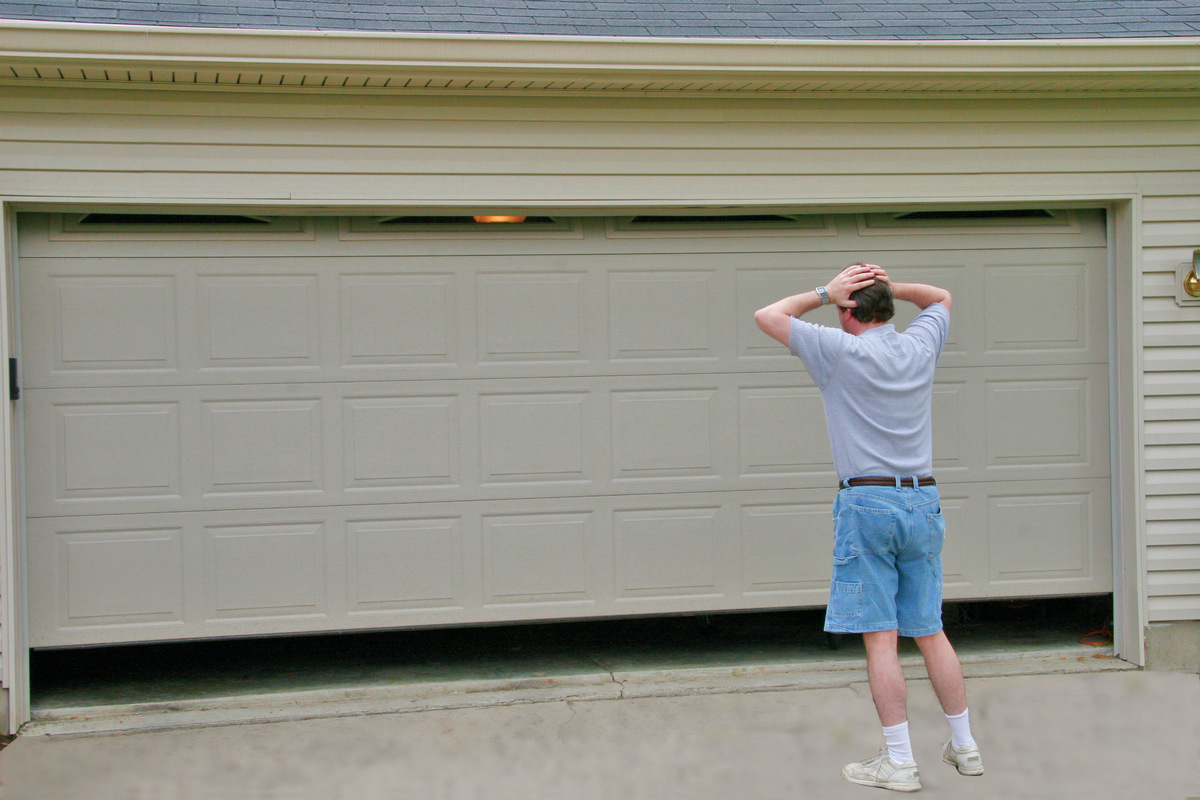

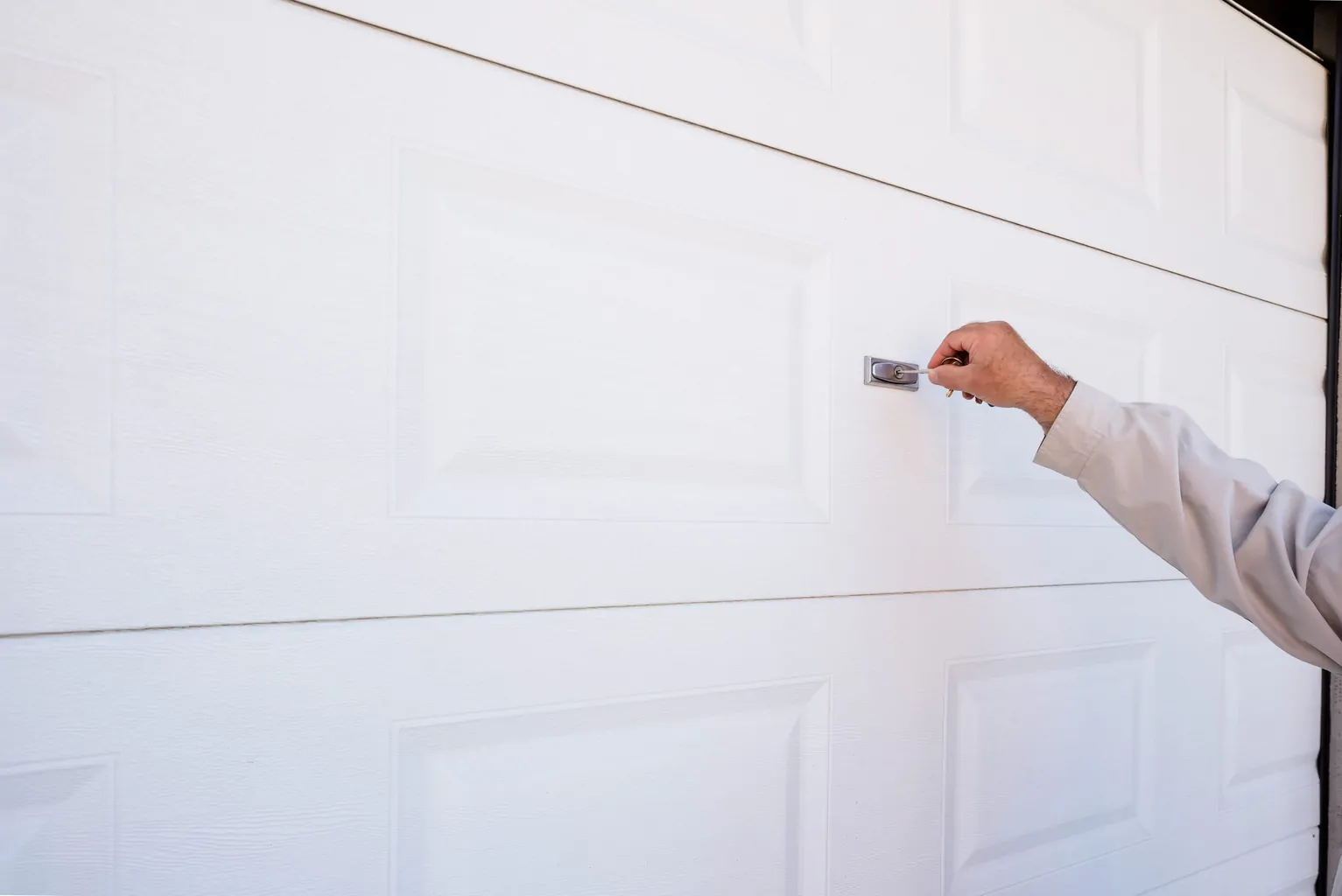
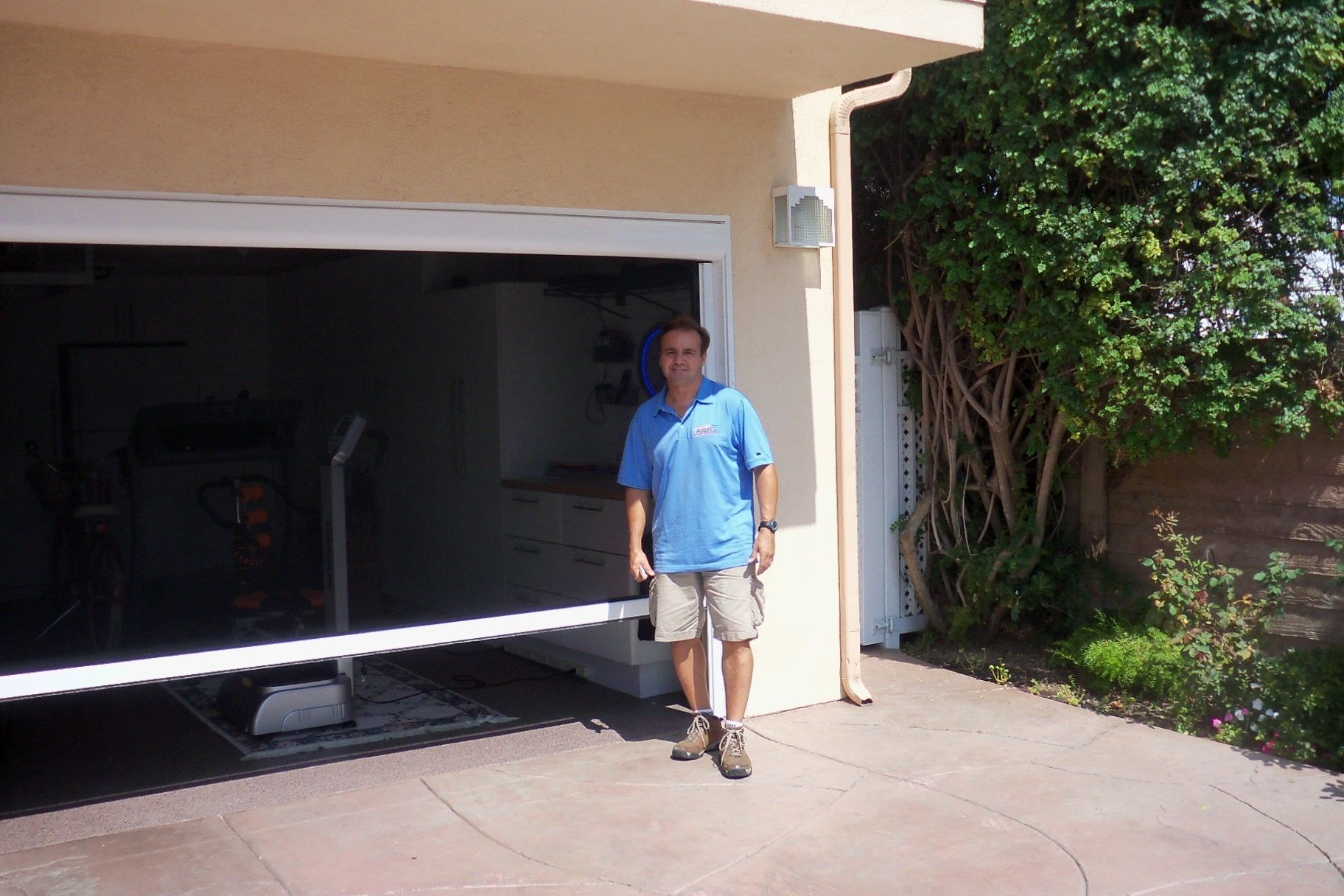
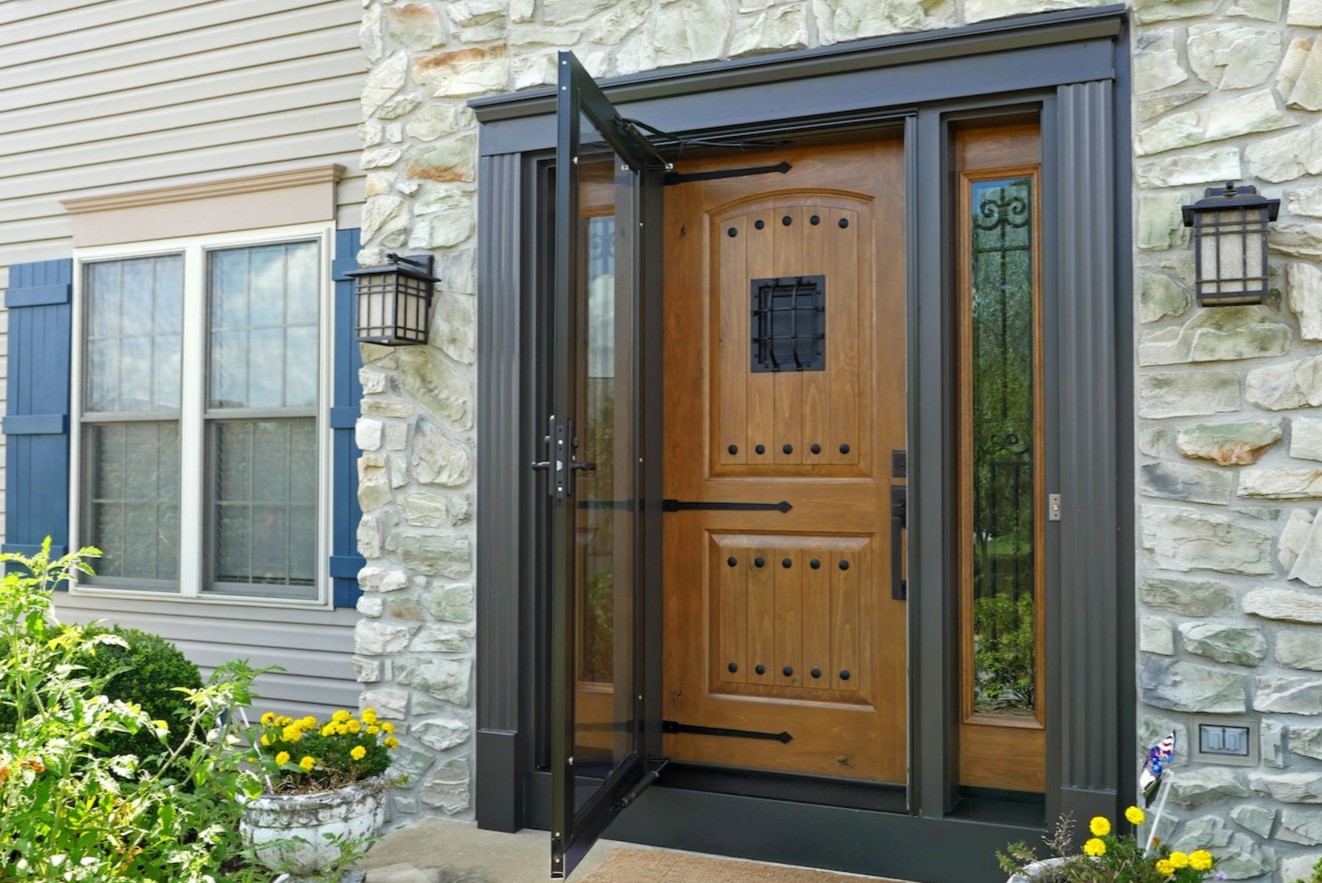
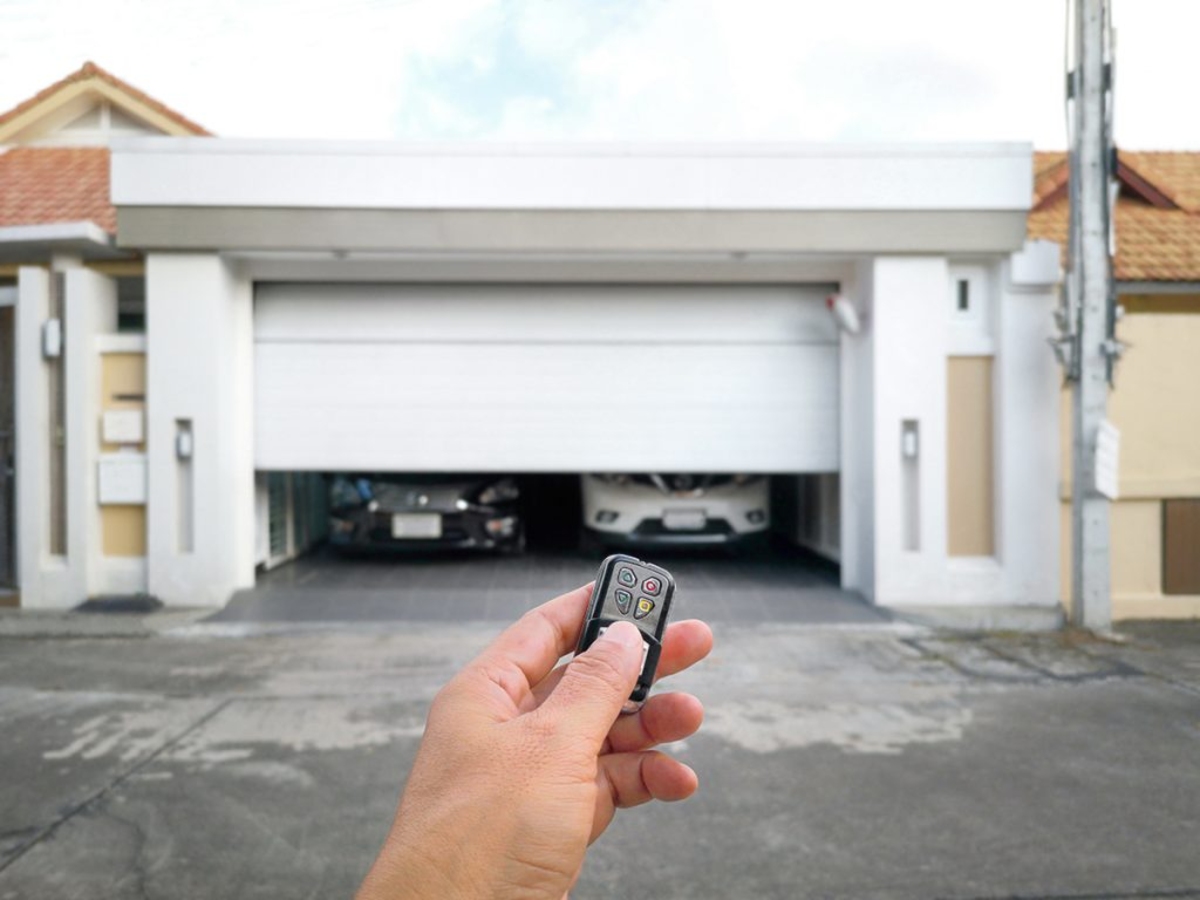
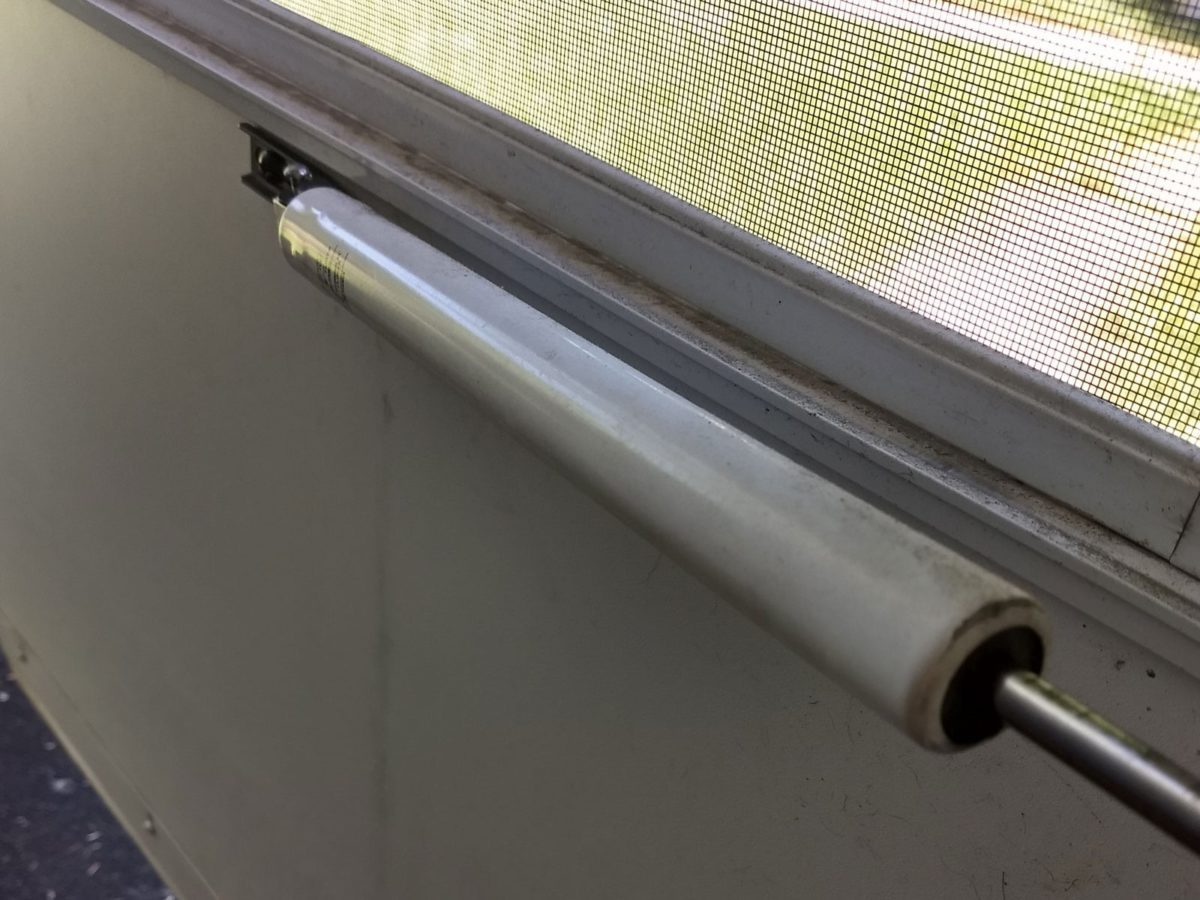
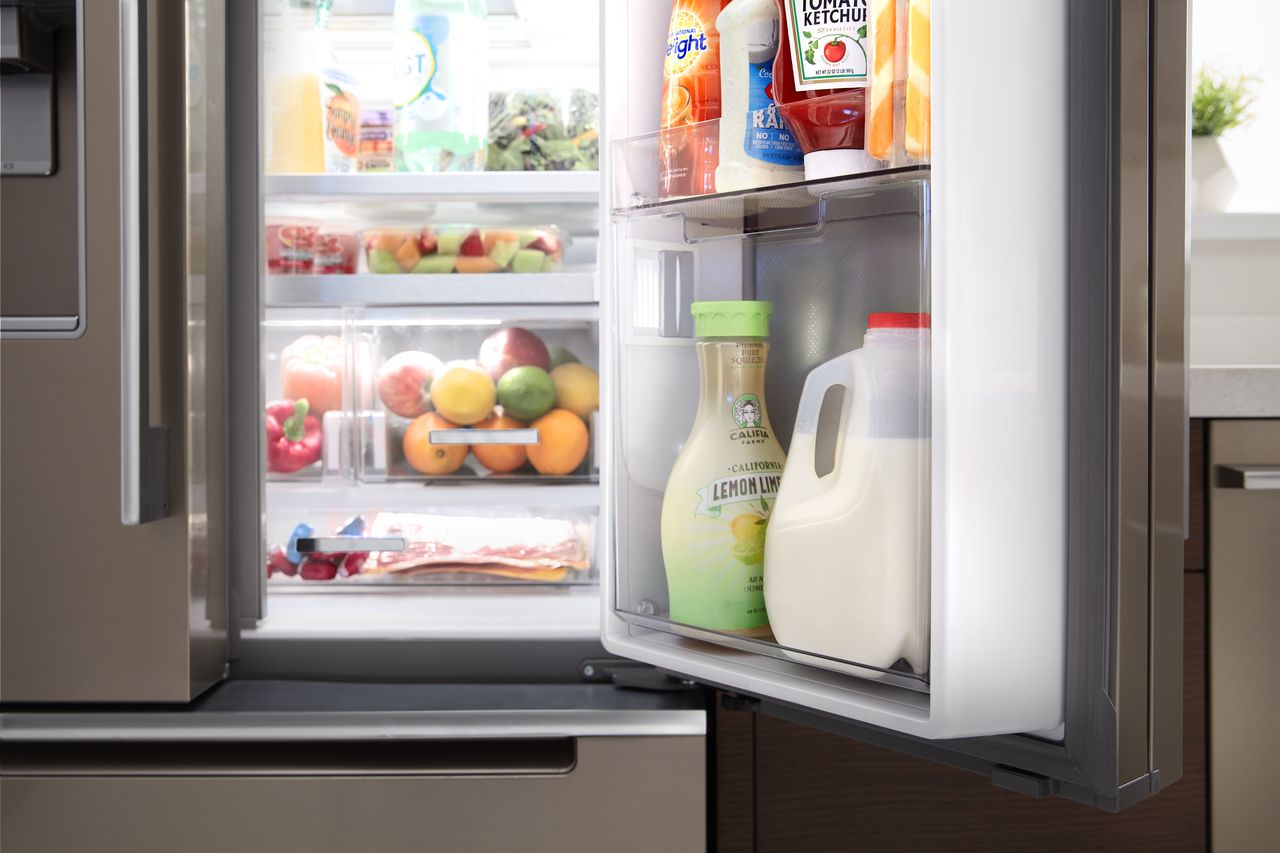
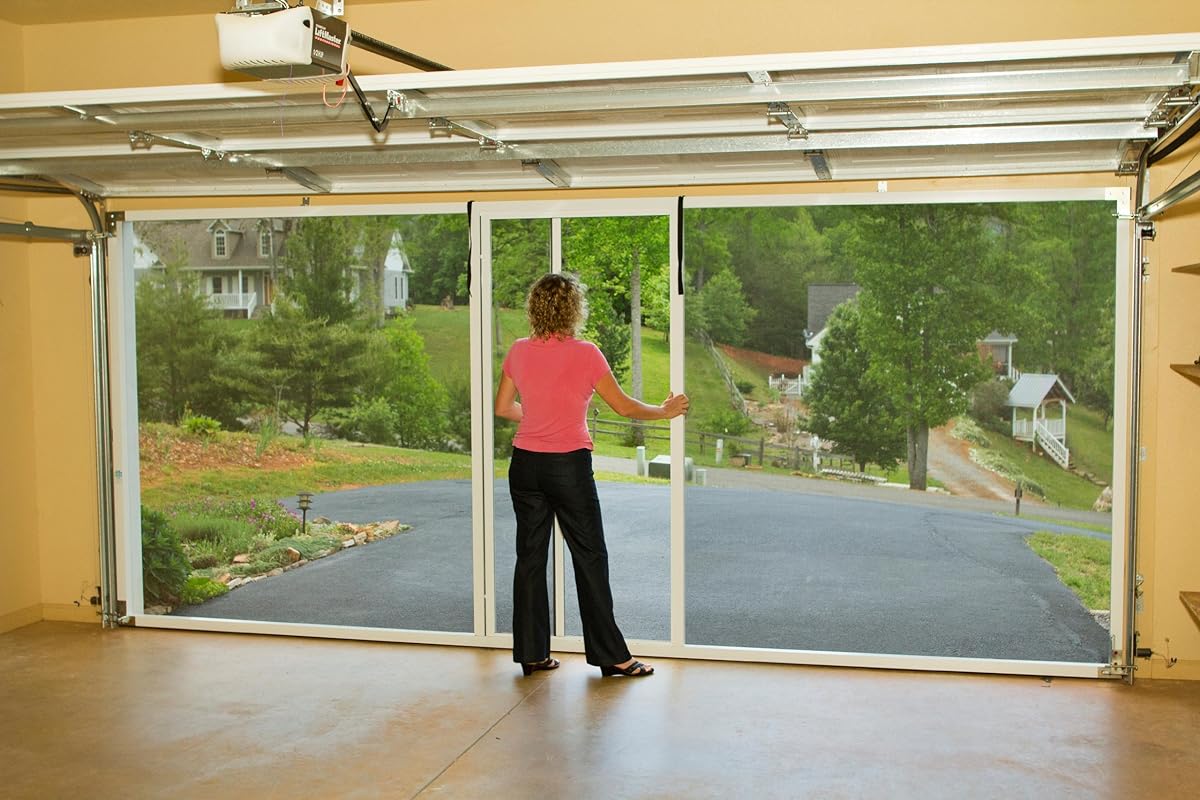
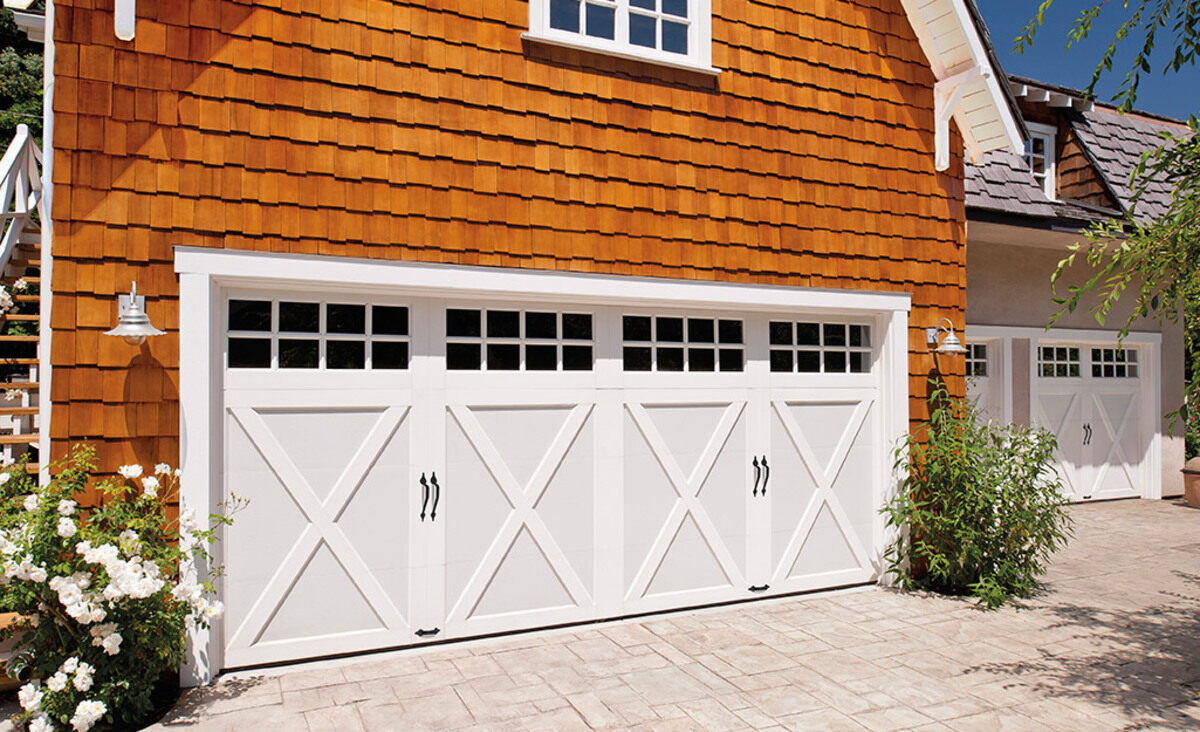
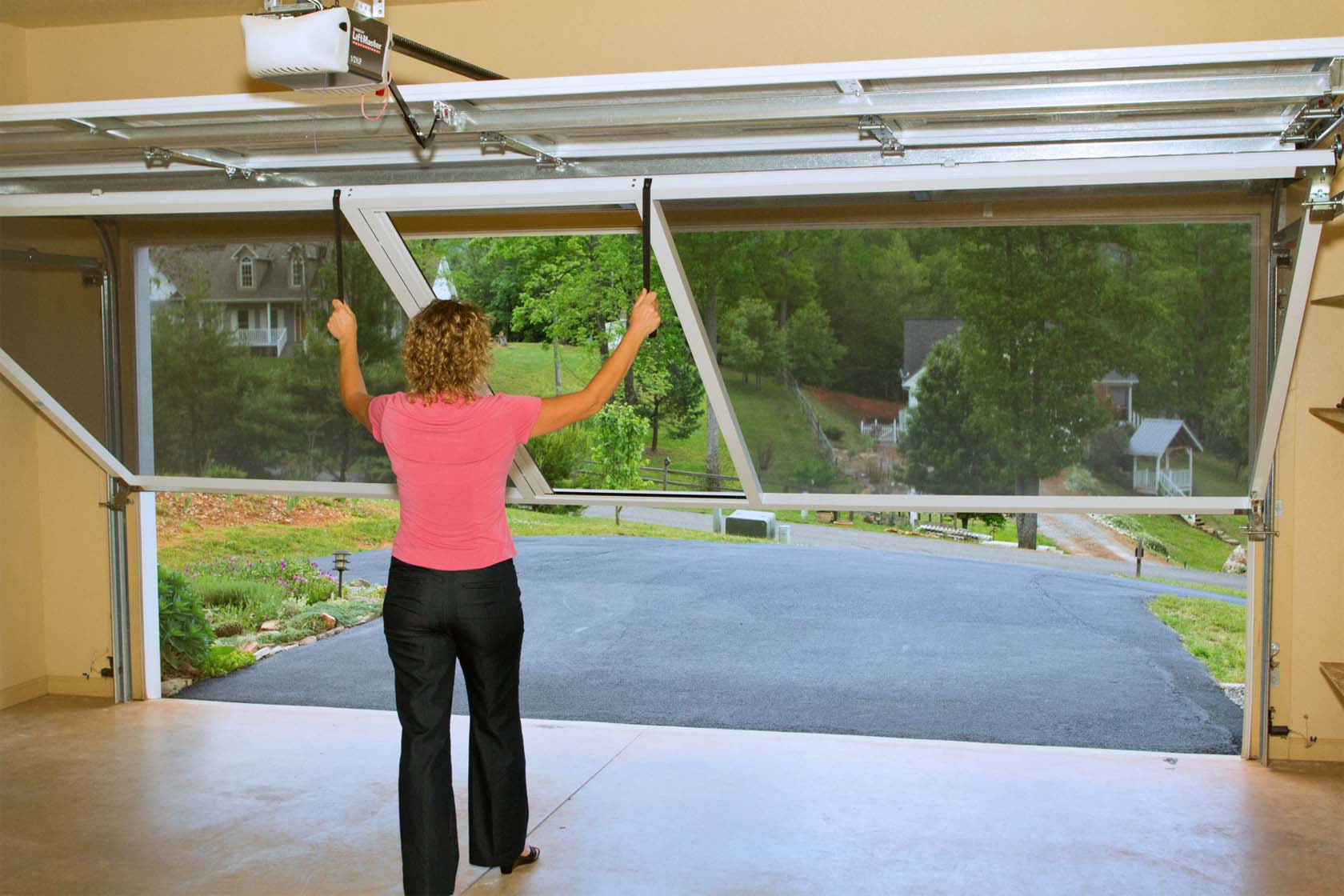
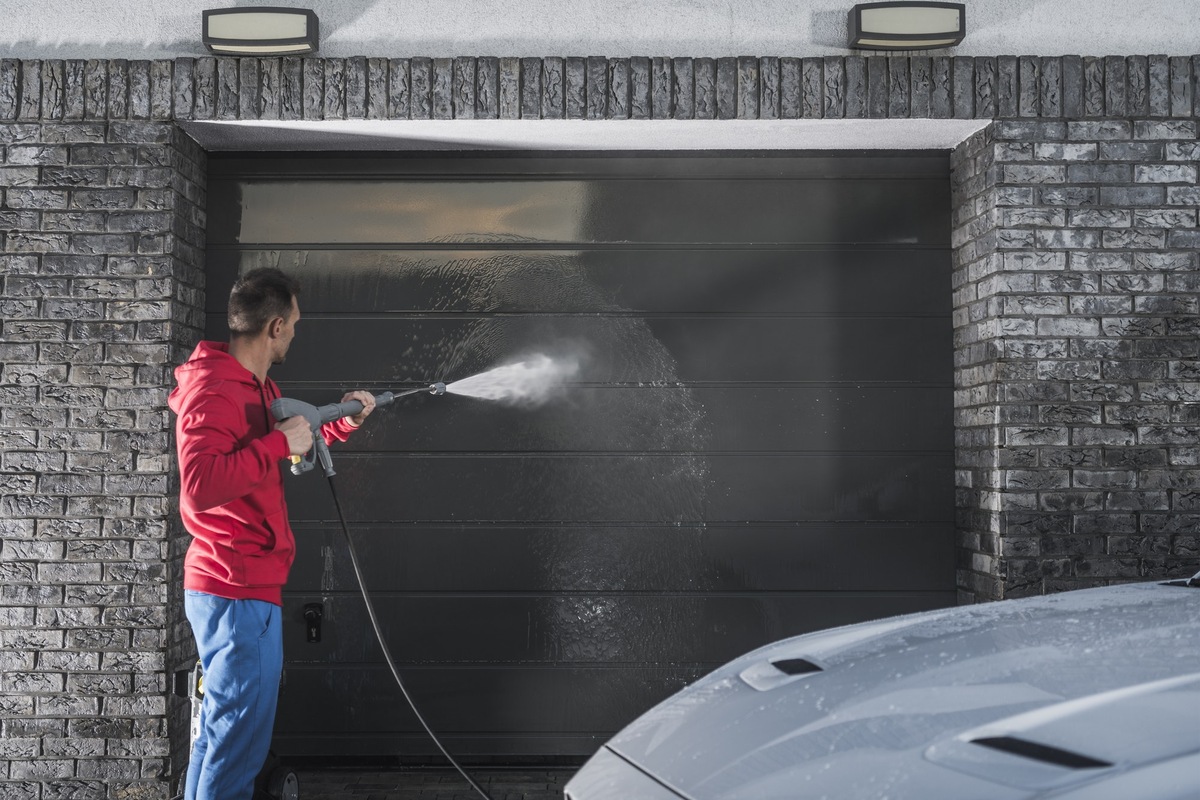

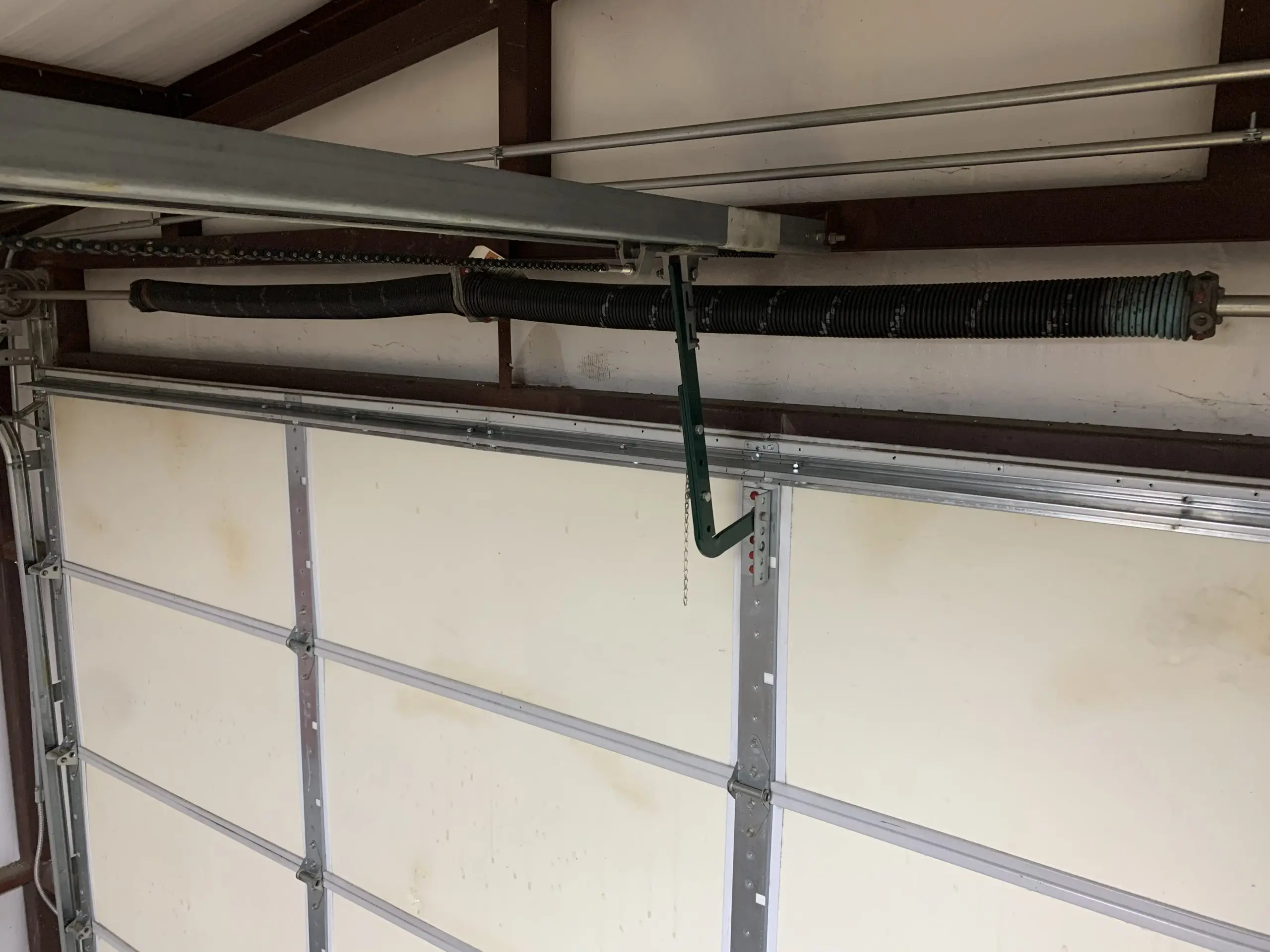

0 thoughts on “How To Manually Close A Garage Door”